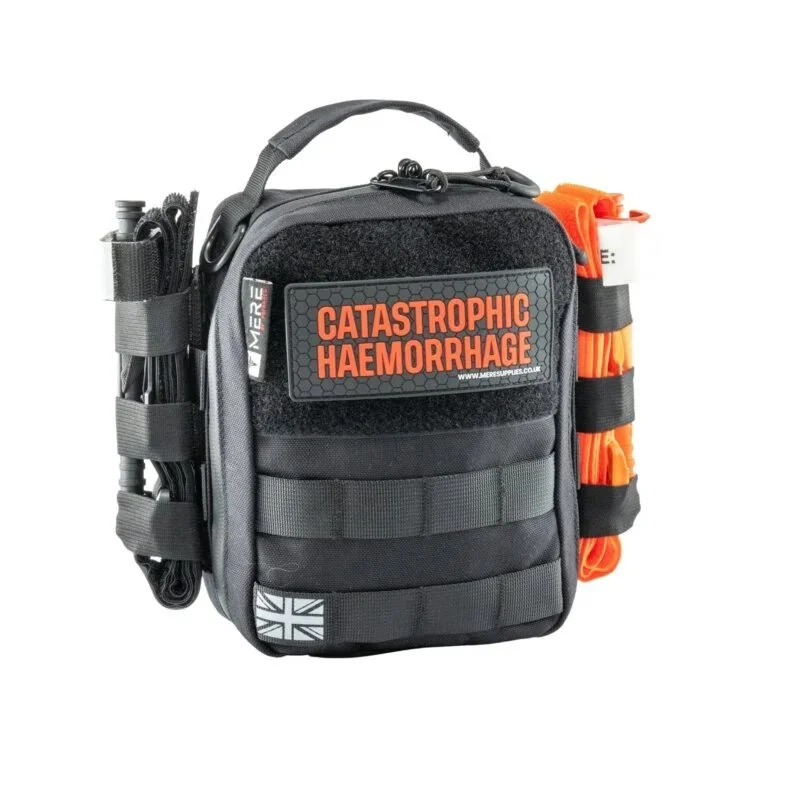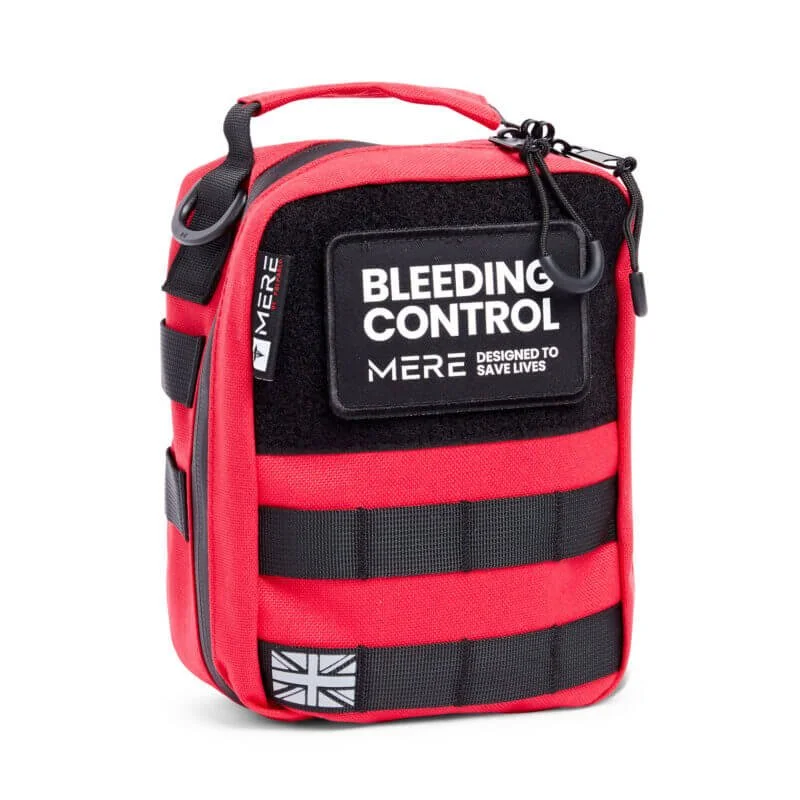Stop The Bleed: Public Access Bleed Kits
We all know that controlling a big catastrophic bleed is the number one priority when faced with a patient unfortunate enough to be suffering from one. A patient can bleed to death in minutes, so decisive and urgent action is required along with keeping a clear head.
The Daniel Baird Foundation Charity was established after 26-year-old Daniel Baird was tragically stabbed outside The Forge Tavern in Digbeth, Birmingham, in the early hours of July 8, 2017, following a night out with friends. There were no first-aid or bleeding-control kits available at the time. Dan died from severe bleeding shortly after arriving at hospital.
The Daniel Baird Foundation Charity's objective is to promote awareness about the significance of having publicly available bleeding control kits. They are continuing to collaborate with local governments, community organisations, and businesses to get these critical bleed control kits into as many public spaces as possible.
The Prometheus Haemorrhage Control Kit advertised on the charity’s website contains the following items:
1 x Prometheus Trauma Dressing- Designed to control moderate bleeding
1 x ChitoGauze® XR Pro - A haemostatic gauze dressing that is very effective, designed to control moderate to very severe haemorrhage
1 x Russell Chest Seal® - An innovative dressing for emergency management of penetrating chest wounds
1 x SOF® Tactical Tourniquet Wide - The latest evolution of the SOFTT-W tourniquet
2 x Nitrile Gloves - Personal protection
1 x Scissors
The use of haemorrhage control equipment, most notably tourniquets by untrained lay persons has long been a source of heated debate. There are significant risks attached to their use that cannot be overlooked including nerve damage, tissue death and circulatory complications.
However, there is emerging evidence to suggest that pre hospital haemorrhage control in the community can lead to positive outcomes. Between January 2018 to June 2019 Barnard et al (2021) examined the medical records of 168 patients in Washington who had been treated with tourniquets initially by members of the community or law enforcement. Overall, 24% required massive transfusion, 59% underwent urgent surgery, and 21% required vascular surgery. Mortality was 3%. At hospital discharge, the tourniqued limb was fully functional in 81%, partially functional in 10%, and nonfunctional in 9%; decreased function was not attributed to tourniquet application. They concluded that the high rate of application, need for urgent hospital intervention in a subset, and low incidence of apparent complications suggests that efforts to increase access and early tourniquet use can provide public health benefit. (Barnard et al., 2021).
My personal feelings lean toward the side of the evidence in that I believe that bleed control kits should be as widely available as AED’s and that they would save lives. Education I feel will be crucial in ensuring positive outcomes for patients. Knowing where kits are (and that they exist!) and what to do with one will be a key factor. I believe that the main challenge will be in teaching people not used to seeing blood what in fact warrants the label catastrophic. Kinaesthetic and visual teaching aids will be vital in this task.
How to apply a tourniquet
How to use ChitoGauze®
If you would like to find out more about the The Daniel Baird Foundation Charity click here.
We now sell bleed control kits.
Reference List
Barnard, L., Guan, S., Zarmer, L., Mills, B., Blackwood, J., Bulger, E., Yang, B., Johnston, P., Vavilala, M., Sayre, M., Rea, T. and Murphy, D., 2021. Prehospital tourniquet use: An evaluation of community application and outcome. Journal of Trauma and Acute Care Surgery, 90(6), pp.1040-1047.




